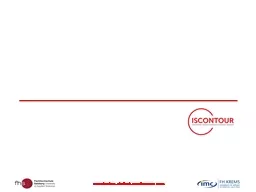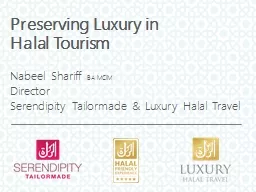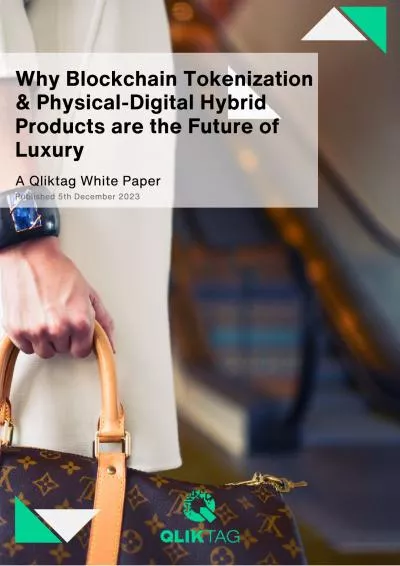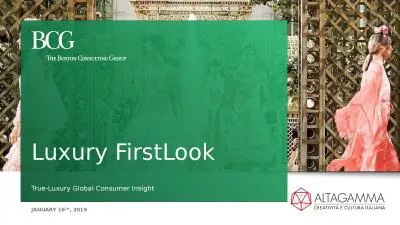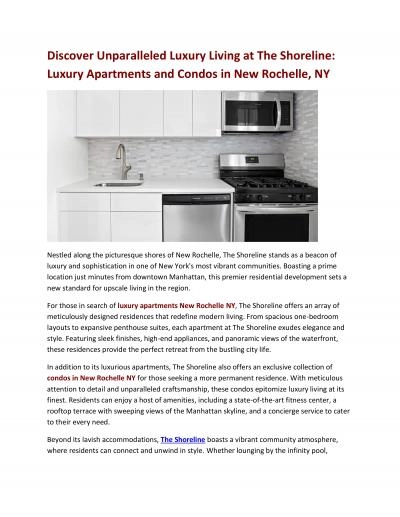PPT-Why Do People Buy Luxury Products?
Author : min-jolicoeur | Published Date : 2017-10-18
YinYi Huang Queenty Institute for Tourism Studies Macau China Agenda Luxury industries Luxury industries are booming in new rich markets in Asia Park amp Reisinger
Presentation Embed Code
Download Presentation
Download Presentation The PPT/PDF document "Why Do People Buy Luxury Products?" is the property of its rightful owner. Permission is granted to download and print the materials on this website for personal, non-commercial use only, and to display it on your personal computer provided you do not modify the materials and that you retain all copyright notices contained in the materials. By downloading content from our website, you accept the terms of this agreement.
Why Do People Buy Luxury Products?: Transcript
Download Rules Of Document
"Why Do People Buy Luxury Products?"The content belongs to its owner. You may download and print it for personal use, without modification, and keep all copyright notices. By downloading, you agree to these terms.
Related Documents

